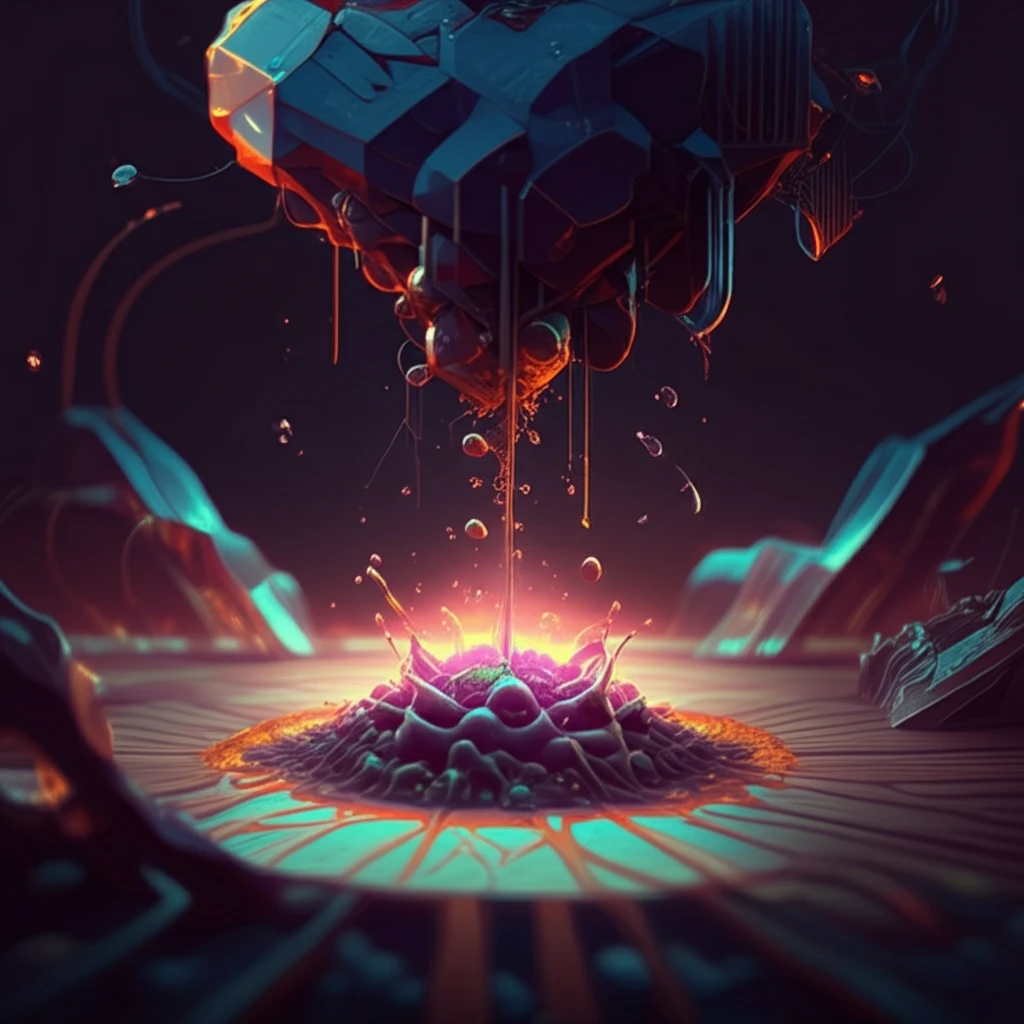
Spray It, Don't Say It: The Revolutionary Liquid Coating Tech That's About to Change Everything
"From antimicrobial surfaces to flexible electronics, pyro-EHD spraying offers a customizable, eco-friendly way to apply functional coatings, making advanced tech more accessible than ever."
Inkjet printing has revolutionized the fabrication of micro and nanofunctional devices, offering a low-cost, easily adaptable technology with excellent material compatibility. Its non-contact nature allows complex functional patterns to be printed with precision on both flat and three-dimensional surfaces. The convergence of superior output characteristics, low processing temperatures, and solution processability has bridged the gap between academic prototypes and industrial standards, paving the way for high-throughput, efficient fabrication processes.
Electrospray, derived from inkjet printing, has emerged as a powerful technique for creating completely printed devices across diverse applications. This electrohydrodynamic (EHD) technology atomizes liquids using intense electrical forces, generating charged droplets ranging from micro to nanoscale with a narrow size distribution. In classical EHD spraying, a liquid flows through a capillary nozzle maintained at a high electric potential, extracting electrical charges from the fluid and causing internal electrical repulsion forces that form tiny droplets.
While conventional EHD spraying offers numerous advantages, it often requires external voltage sources, complex setups, and careful control of working distances. Now, a groundbreaking new method called pyroelectrohydrodynamic (pyro-EHD) spraying, or p-Spray, is emerging as a simpler, more versatile alternative. This innovative technique harnesses the pyroelectric effect to generate the necessary electric fields, enabling precise liquid deposition without external power sources or intricate electrode configurations.
Pyro-EHD Spraying: A New Era in Liquid Deposition

Pyro-EHD spraying leverages the pyroelectric properties of materials like lithium niobate (LN) crystals. By applying a temperature variation to the LN crystal, an electric field is generated, driving the EHD pressure on a liquid droplet reservoir. This process creates a "virtual nozzle" through localized EHD effects, eliminating the need for physical nozzles and simplifying the entire setup. The absence of a counter electrode removes geometric limitations, allowing printing on various devices.
- Versatility: Works effectively across a wide range of working distances (2 mm < d < 10 mm) without requiring adjustments to the apparatus.
- Simplicity: Eliminates the need for external voltage sources and complex electrode configurations.
- Control: Allows precise control over droplet size, deposition area, and pattern formation by adjusting parameters such as temperature, liquid properties, and working distance.
- Customization: Facilitates the direct writing of disperse micropatterns of nanodroplets without nozzles, probes, or templates.
The Future of Functional Coatings
Pyro-EHD spraying holds immense promise for revolutionizing the way we create functional coatings. Its versatility, simplicity, and controllability make it a compelling alternative to traditional electrospraying techniques. As research and development efforts continue, we can expect to see p-Spray playing an increasingly important role in various applications, from medical devices to flexible electronics and beyond. This innovative technique offers a pathway to creating customizable, high-performance materials with enhanced functionality, paving the way for a future where advanced technology is more accessible and environmentally friendly.
